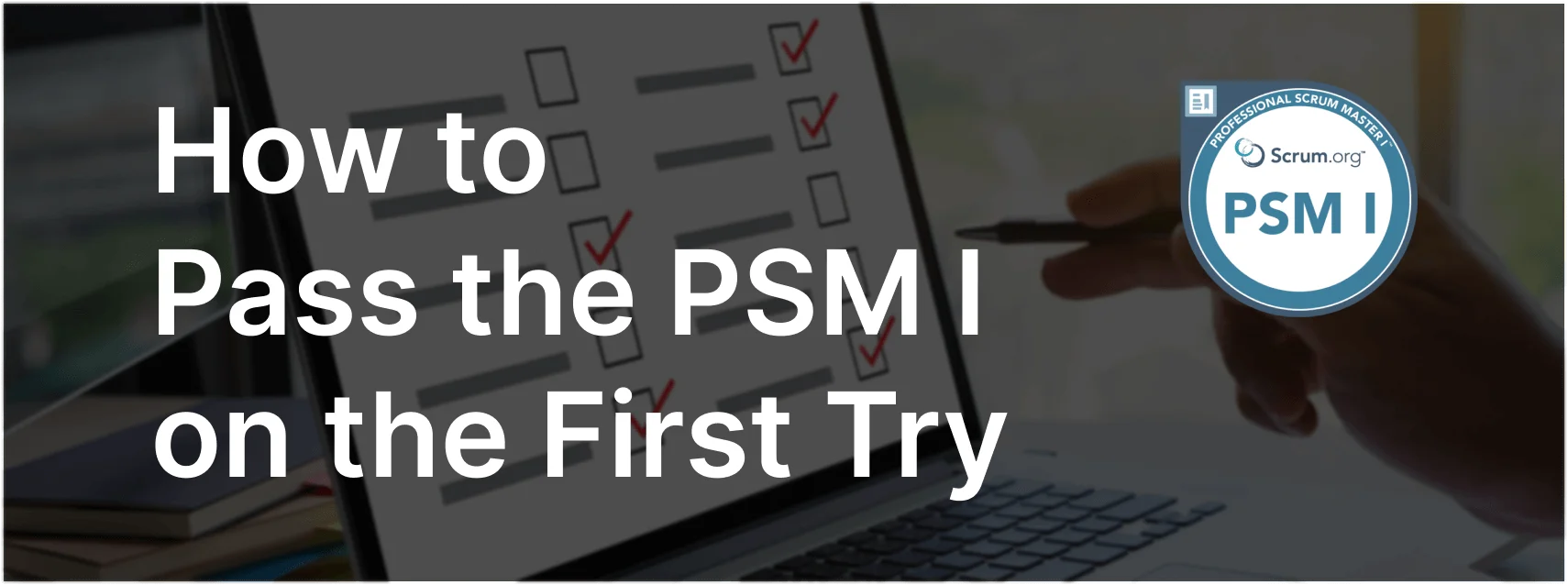Handling Incomplete Work at the End of a Sprint
In Scrum, maintaining a consistent Sprint duration is crucial for ensuring predictability and fostering a rhythm for the team. Let’s examine what happens if the Scrum Team cannot complete its work by the end of the Sprint.
Exam Question
What happens if the Scrum Team cannot complete its work by the end of the Sprint? (choose the best answer)
- A. The Sprint is extended temporarily. Lessons are taken to ensure it doesn’t happen again.
- B. The Sprint is extended and future Sprints use this new duration.
- C. The Sprint length is unchanged and the Scrum Team continuously learns and adapts.
Correct Answer
C. The Sprint length is unchanged and the Scrum Team continuously learns and adapts.
Explanation
Why C is Correct
C. The Sprint length is unchanged and the Scrum Team continuously learns and adapts:
In Scrum, the Sprint length is fixed and should not be extended. If the team cannot complete its work by the end of the Sprint, the unfinished work is put back into the Product Backlog. The team uses this experience to improve their planning and execution in future Sprints, fostering continuous improvement.
Why A and B are Incorrect
A. The Sprint is extended temporarily. Lessons are taken to ensure it doesn’t happen again:
Extending the Sprint goes against Scrum principles. Sprints are timeboxed to maintain a consistent rhythm and predictability. Extending the Sprint undermines this principle and disrupts the regular cadence.
B. The Sprint is extended and future Sprints use this new duration:
Changing the duration of future Sprints based on incomplete work disrupts the consistency and predictability of the Scrum process. Scrum emphasizes maintaining a fixed Sprint duration to enable continuous learning and adaptation.
Key Points
- Fixed Sprint Duration: Sprints are timeboxed and their length is fixed to ensure a consistent and predictable workflow.
- Continuous Improvement: The team learns from each Sprint and adapts its planning and execution to improve continuously.
- Handling Unfinished Work: Unfinished work is put back into the Product Backlog and ordered for future Sprints.
Roles and Responsibilities in Scrum
- Product Owner: Reviews the incomplete work and re-orders the Product Backlog for the next Sprint.
- Scrum Master: Facilitates the Scrum process, ensuring that the team adheres to the fixed Sprint duration and fosters continuous improvement.
- Developers: Reflect on their work, learn from the experience, and adapt their planning and execution to improve in future Sprints.
Relevance to the PSM I Exam
Understanding the importance of fixed Sprint durations and how to handle incomplete work is crucial for the PSM I exam. This knowledge helps candidates appreciate the structure and discipline that Scrum brings to managing complex projects.
Conclusion
If the Scrum Team cannot complete its work by the end of the Sprint, the Sprint length remains unchanged. The unfinished work is put back into the Product Backlog and ordered for future Sprints. The team continuously learns and adapts, using the experience to improve planning and execution in future Sprints. This approach ensures consistency, predictability, and continuous improvement.
For comprehensive preparation and practice exams, check out PSM I Exam Prep to enhance your understanding and application of Scrum principles.




